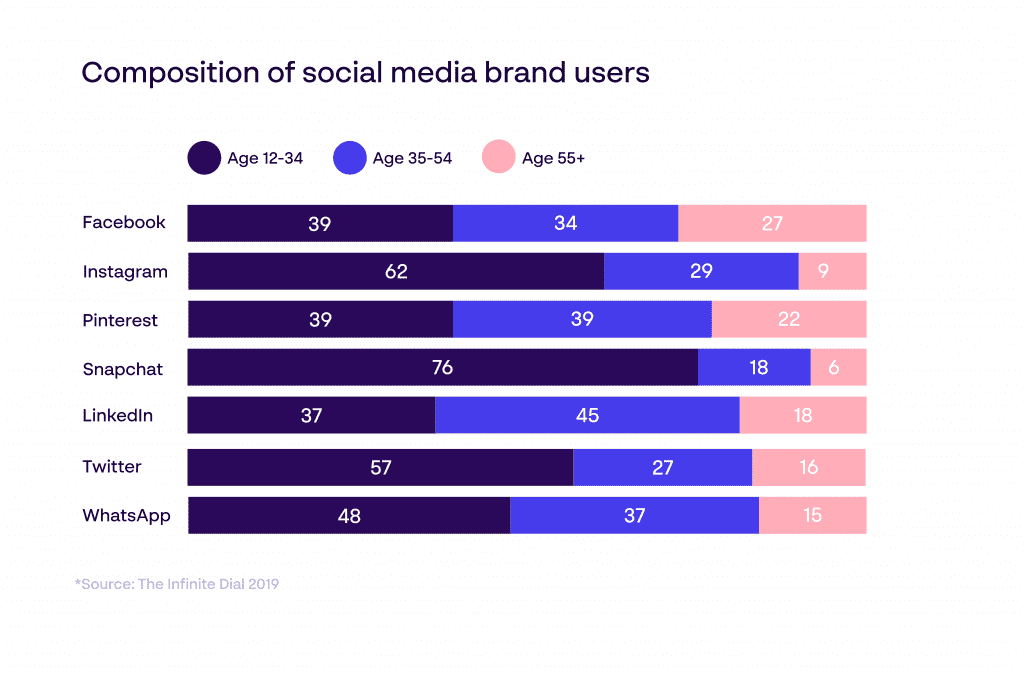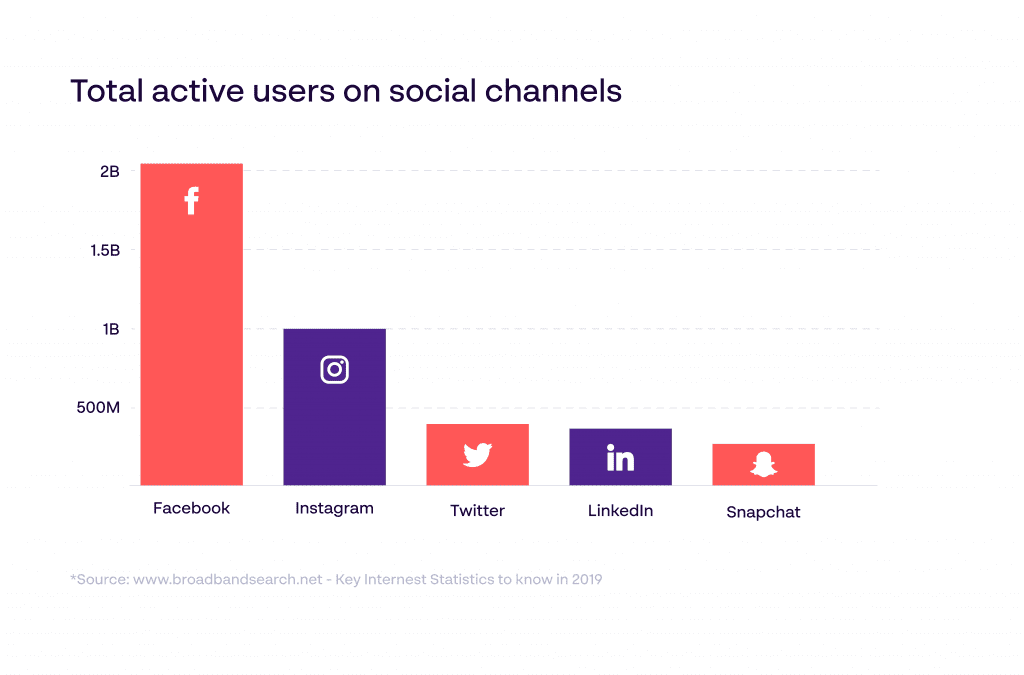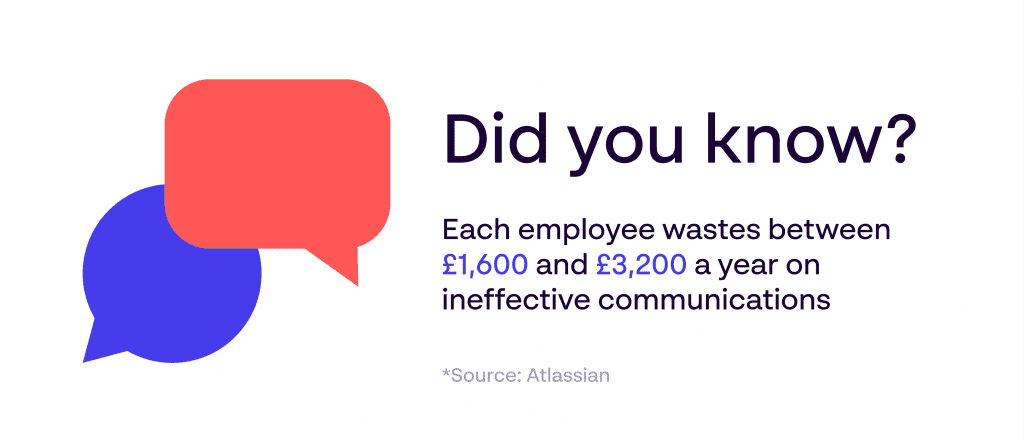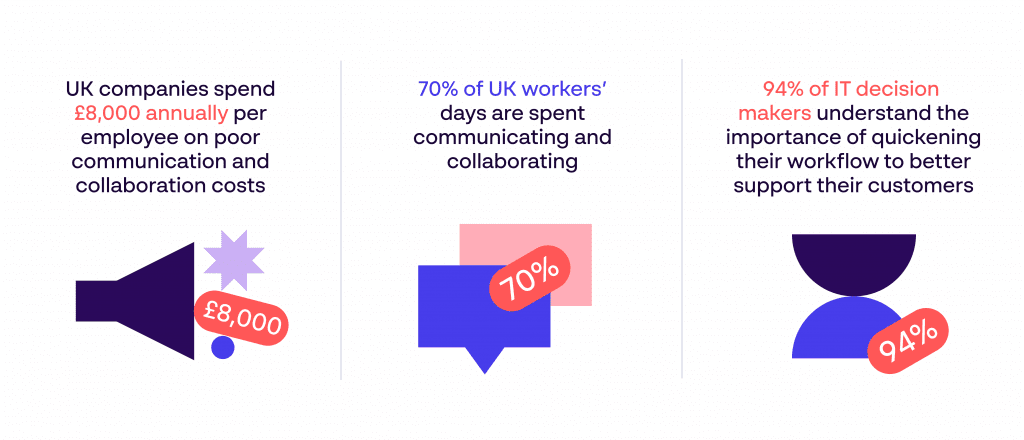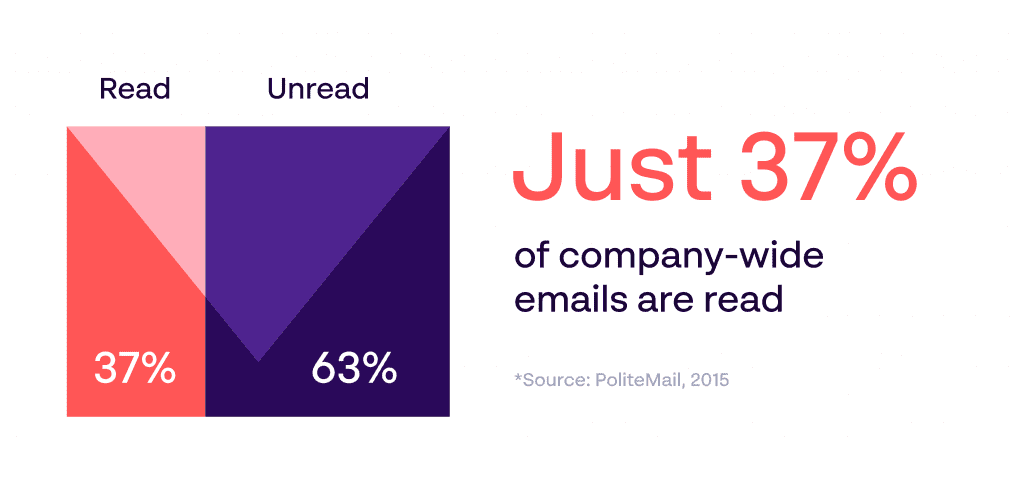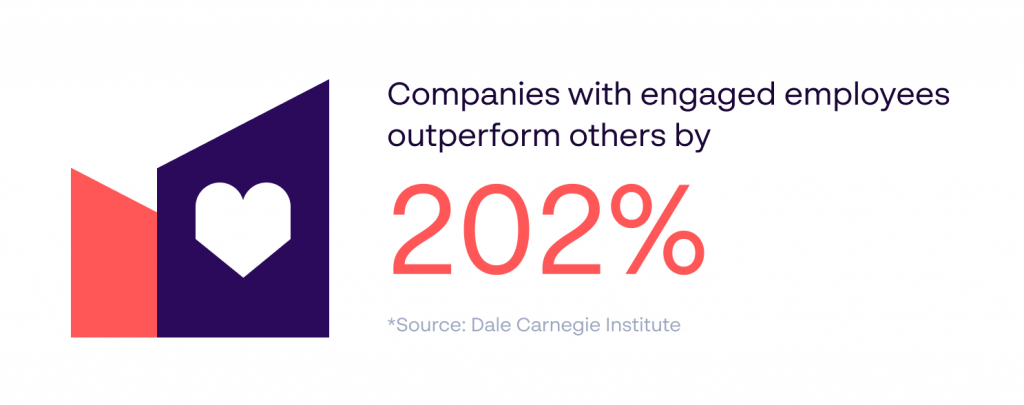With marketing being such an integral part of growing business and revenue, it’s always heartbreaking to ask your marketing team to find ways to reduce costs. When faced with harsh cuts, how can you maintain the right balance between all your focus areas, and still maintain optimal operational efficiency? The uncomfortable truth is that companies will from time to time be forced to reduce their marketing spend – yet there are ways to do more for less, allowing you to deliver equally impressive marketing whilst keeping your finance team happy.
Cost efficiency is the name of the game, but even in hard times one shouldn’t forget the old adage ‘you have to spend money to make money.’ When you’re focusing on getting the most out of the money you do spend, the challenge is naturally to map out where and how it’s best put to use. A good place to start is understanding the direct challenges marketers face when they have to operate on a lower budget than expected.
1.Maintaining content production volume
A busy marketing department always has a lot of plates spinning at once. Brands have more channels available than ever before to engage with their audiences, build visibility, and grow their business. While some of them will be more relevant to your business than others, your strategy will undoubtedly include multiple channels, and taking full advantage of them traditionally requires a great deal of time and resources.
When budgets shrink, it becomes a real challenge for marketing teams to uphold the same level of production through conventional processes. Sacrifices have to be made somewhere, whether that is limiting the number of utilised channels or how frequently content is created for them.
Completing repetitive tasks is a constant necessity when producing content for marketing. This time-thief gets even worse in the face of budget cuts and reduced capacity for content production. If the workflow is clunky and assets are being created from scratch far too often, the time it takes for everyone to contribute, review the work and carry out the revisions can lead to substantial delays in sign-off times. Deadlines are missed, and so are timely marketing opportunities. Solving such bottlenecks can make a big difference for your marketing team’s agility and ability to respond to important trends in the market.
2.Less time to plan and strategise
You’ve reiterated to your marketing team that now is the time for action and getting material out to the market. Now everyone is immersed in their own tasks and projects to keep the marketing engine running, and less time is spent on coordinating and realigning. Before you know it, the right hand doesn’t know what the left hand is doing. From there you can quickly end up with duplication of work, caused by lack of communication and planning.
Not only has precious time and resource been wasted at this point, you might even have frustration and discontent growing with the people whose work had to be cut, and perhaps with the team as a whole. The last thing you need in times like these is a team underperforming due to unhappiness and dysfunction. What’s more, the cost of replacing someone unhappy enough to leave will only increase the stress on your overall marketing budget.
This may be a slightly exaggerated example, but communication breakdown and lack of oversight and planning are serious obstacles. Left unchecked, they will negatively affect your marketing output. And the longer you leave it, the worse it gets for everyone involved. What you need is an easy way to get a bird’s-eye view of the operation, so you can be sure that every effort goes towards fulfilling the company’s goals – and no resource is wasted.
3. Powerful but expensive content types like video get shelved
There’s no question that video content is proven effective when marketing in almost any setting and platform. It’s eye-catching wherever it’s deployed, and provides a pleasant way for your audience to absorb information. Unfortunately, video content also tends to be expensive and resource-intensive to produce, compared to simpler forms of content. As a result, it’s often the first thing on the chopping block when managers are asked to find ways to reduce marketing costs.
Instead of putting all video projects on ice, it’s worth considering a more measured approach. While it might be best to hold off on the big ‘flagship’ videos with all the bells and whistles, there may be smaller areas where more simplistic video content can be very effective. You’d be surprised how far you can get with a phone camera on a tripod, a friendly face and some simple design and editing.
4. Display ads and social media takes priority
Keeping a good level of focus on social media marketing is always a smart decision, since it’s a relatively inexpensive and cost efficient form of marketing. It’s also the main channel where you can keep a finger on the pulse of your customer base, and follow market trends. Whether you’re a B2B or B2C business, social media platforms are the main avenues for building visibility, interest and traffic for your brand, and so it’s always worth spending time and resource to maintain and execute a good social media strategy.
For many brands, display advertising or banner ads is what gets people through the proverbial door. As one of the primary ways of advertising and driving traffic, they are often considered essential to marketing efforts. There is definitely truth in this, but display ads also tend to have a short shelf life, while being challenging to create. Reducing the time and resource necessary to produce these assets is sure to have an all round positive impact on your marketing team.
What separates social media posting from display ads, is that social media requires greater focus on presenting content that has real value if you want to get results. Creating engaging content is challenging in itself, and when you consider that you need a good frequency of posting on top, the issue is immediately apparent in the face of budget cuts. You may have a lot of existing content you can lean on and highlight, and making use of content that’s still relevant is a smart move. However, allowing your output of new content to stagnate is a huge risk to your growth.
5. Maintaining brand consistency under time pressure
Making sure that brand consistency is maintained in every asset and piece of content going out is a full-time job. If you don’t have a dedicated brand manager, odds are the job falls to the marketing leadership. When time is already limited, and your marketing heads are busier than usual, they will be hard pressed to make sure every detail is following brand guidelines in addition to handling their other spinning plates.
Research shows that you can increase your revenue with 23% if your brand is consistent. The economic impact of lost revenue is something you definitely don’t need on top of the external factors that are already having an effect on your bottom line.
This leaves marketing teams with a dilemma. Either you spend the time and money to maintain better brand consistency, at the expense of your output. Or you take the hit and spend it on other marketing efforts until you have the capacity to focus on it again. This is a tough decision to make. On the one hand you have to try to maintain as much growth as possible in spite of the market cooling down. On the other hand, putting your brand consistency at risk could have far-reaching repercussions that haunt your brand long after economic downtimes.
You can overcome the challenges – there is a better way
As evidenced by the challenges we’ve highlighted, Speed, finesse, volume and oversight is tremendously valuable to a marketing team’s day-to-day workflow. Optimisation of your processes is necessary to remain competitive, in both the good times and the hard times. If you choose to stick to the traditional ways of producing content and designs, getting approval and publication, there’s only so much you can do to plan around and alleviate the problems of working with less resources at your disposal.
Fortunately there is a better way to help your marketing team win back what they lose in capacity when brands have no other choice but to tighten their belts.
It’s time to make a change – read more in our free short guide.


Table of contents:










